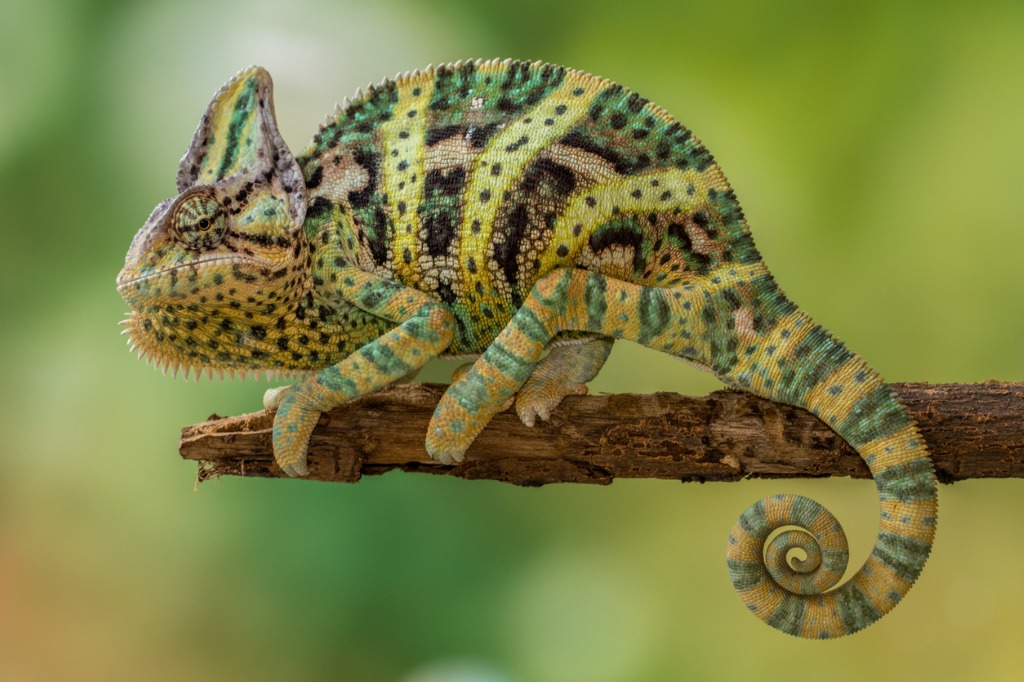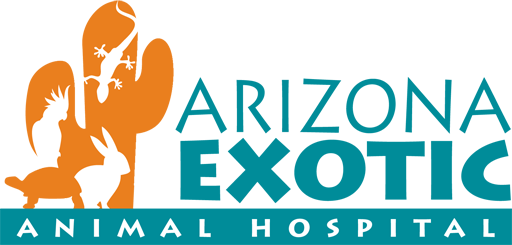Tips for Keeping Your Pet Bird Active
Kidney Failure in Chameleons
Benefits of Feeding Frozen/Thawed Rodents to Snakes
Basic Care: Leopard Tortoise
The leopard tortoise (Geochelone pardalis) is found in central and southern Africa. Leopard tortoises have very distinct individual personalities. Some may be shy and retiring while others are outgoing and friendly. They live for decades and seemingly become quite bonded with their owners. Most will outlive their owners if given the right care. 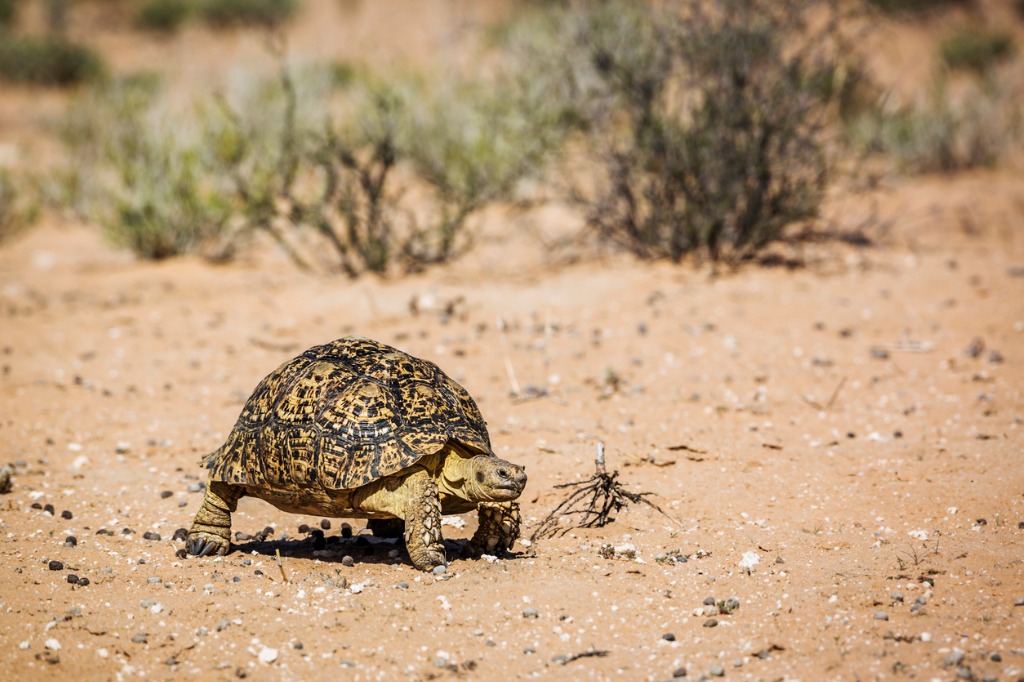
Basic Care: Box Turtles
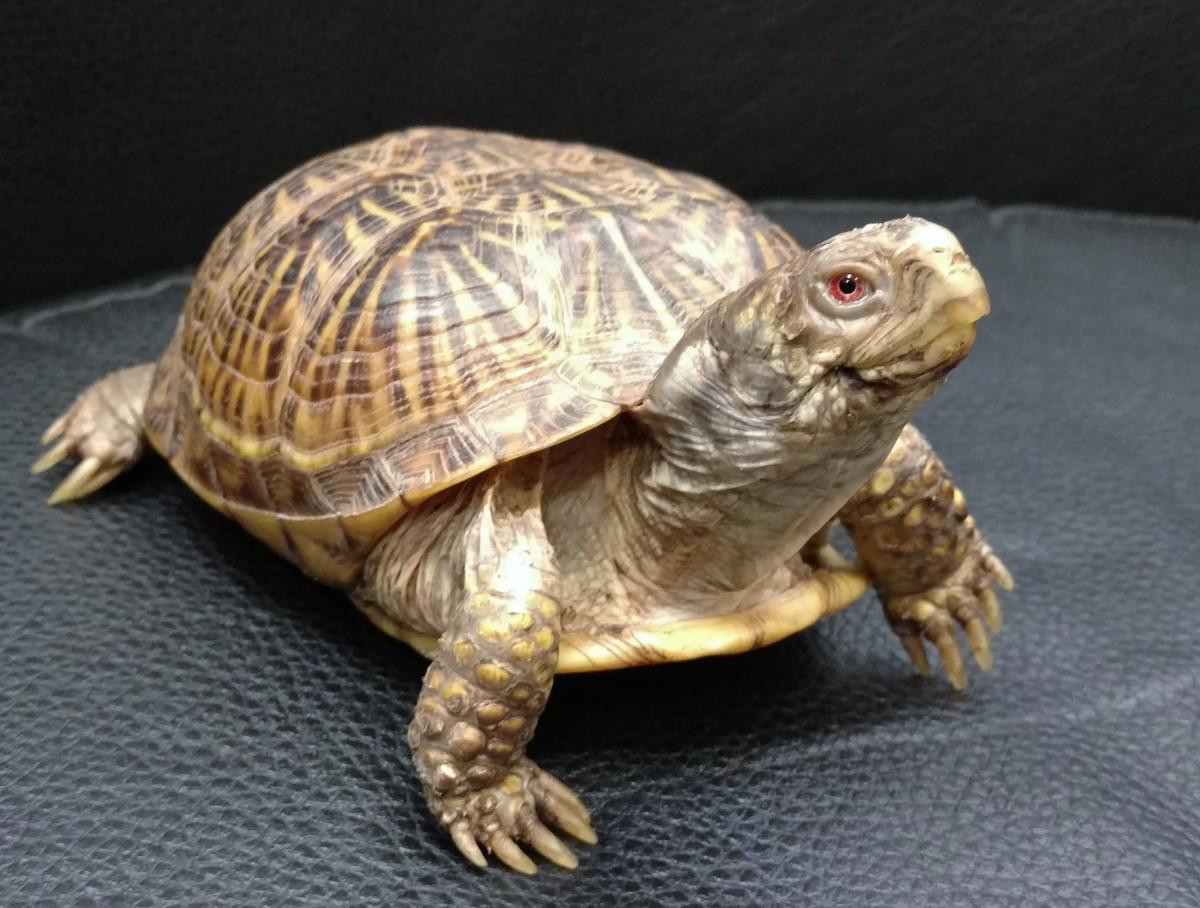 Box turtles belong to the genus Terrapene. These turtles are personable, hardy, and can live over 50 years. These turtles have a hinged shell, which they use as a defense mechanism to close up tightly when they feel threatened. If you choose to keep a box turtle as a pet, choose captive-bred individuals rather than encouraging continued collection by buying wild caught. Due to habitat destruction and over collection for the pet trade, some box turtle species may be protected in your particular area. Check your local and state laws regarding box turtles to ensure you can keep a particular species in your area.
Box turtles belong to the genus Terrapene. These turtles are personable, hardy, and can live over 50 years. These turtles have a hinged shell, which they use as a defense mechanism to close up tightly when they feel threatened. If you choose to keep a box turtle as a pet, choose captive-bred individuals rather than encouraging continued collection by buying wild caught. Due to habitat destruction and over collection for the pet trade, some box turtle species may be protected in your particular area. Check your local and state laws regarding box turtles to ensure you can keep a particular species in your area.
Basic Care: Blue-Tongue Skinks
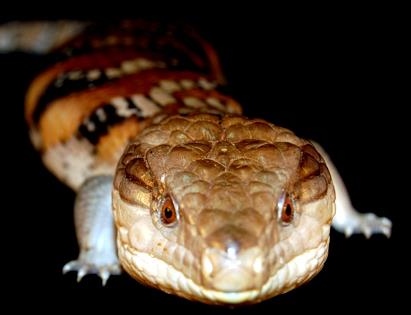 Blue-tongues are by far the most popular pet skink which can be hardy captives if they are captive-bred. Many captive-bred pet blue-tongue skinks will become quite friendly and beg to come out when they spot their main care-giver. Captive-bred blue-tongue skinks can be much easier to raise than bearded dragons. Blue-tongue skinks are more tolerant of lower temperatures and have lower ultraviolet-B requirements. They do not require live food and do well on a diet of green leafy produce mixed with fruits, legumes and other vegetables, and an animal protein source. Blue-tongue skinks are very tolerant of handling and become quite tractable as they get larger and eventually become “lap lizards” with regular gentle handling. Blue-tongue skinks are much longer-lived than bearded dragons, often reaching their teens and twenties.
Blue-tongues are by far the most popular pet skink which can be hardy captives if they are captive-bred. Many captive-bred pet blue-tongue skinks will become quite friendly and beg to come out when they spot their main care-giver. Captive-bred blue-tongue skinks can be much easier to raise than bearded dragons. Blue-tongue skinks are more tolerant of lower temperatures and have lower ultraviolet-B requirements. They do not require live food and do well on a diet of green leafy produce mixed with fruits, legumes and other vegetables, and an animal protein source. Blue-tongue skinks are very tolerant of handling and become quite tractable as they get larger and eventually become “lap lizards” with regular gentle handling. Blue-tongue skinks are much longer-lived than bearded dragons, often reaching their teens and twenties.
Nutritional Secondary Hyperparathyroidism / Metabolic Bone Disease
Nutritional Secondary Hyperparathyroidism (NSHP), commonly referred to as “Metabolic Bone Disease”, is a common and serious health problem in pet reptiles. This disease causes the bones to become soft and brittle, easily bending and breaking. These fractures are referred to as pathologic fractures or fractures that occur during normal activity due to disease of the bone, not because of excessive trauma. In many cases, reptiles may have multiple fractures all over their body. Young growing reptiles may also develop swelling of the jaw and limbs, called fibrous osteodystrophy or “rubber jaw syndrome”. In severe cases, where the calcium in their body becomes dangerously low, reptiles develop muscle tremors, paralysis, and can lead to death.
How to Make a Cinder Block Tortoise Burrow
Easy for follow diagrammatic instructions on building an artificial burrow for your tortoise.
Edible Plants and Weeds for Tortoises & Land Turtles
A list of a variety of different plants, both cultivated and wild, that tortoises and land turtles can eat.
Basic Care: Veiled Chameleons
